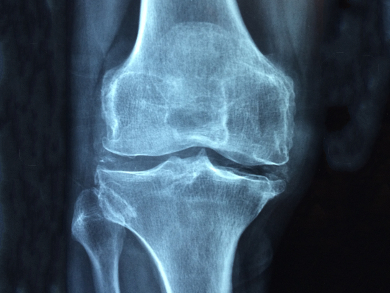Thomas D. Müller, University of Würzburg, Germany, and colleagues have crystallized an antibody that may potentially cure bone-eroding diseases such as osteoporosis. Current therapies can only prevent further bone resorption, whereas this strategy may help recover bone density.
The antibody targets a glycoprotein called sclerostin, a negative regulator of bone growth. The protein was identified as a potential target for the therapy of pathological bone resorption. Patients with sclerosteosis, a disease causing progressive bone overgrowth, lack sclerostin due to a mutation. In contrast, sclerostin inhibits healthy bone growth in patients with osteoporosis by binding to receptors involved in a signaling pathway that promotes bone growth.
In vitro experiments have shown that the developed antibody is capable of neutralizing sclerostin by blocking its receptor binding sites. First clinical trials show that the antibody causes increased bone mass in participants with osteoporosis. Further work will include the crystallization of the antibody together with sclerostin to analyze the molecular interaction in detail.
- The sclerostin-neutralizing antibody AbD09097 recognizes an epitope adjacent to sclerostin’s binding site for the Wnt co-receptor LRP6,
V. Boschert, C. Frisch, J. W. Back, K. van Pee, S. E. Weidauer, E.-M. Muth, P. Schmieder, M. Beerbaum, A. Knappik, P. Timmerman, T. D. Mueller,
Open Biol. 2016, 6, 160120.
DOI: 10.1098/rsob.160120



